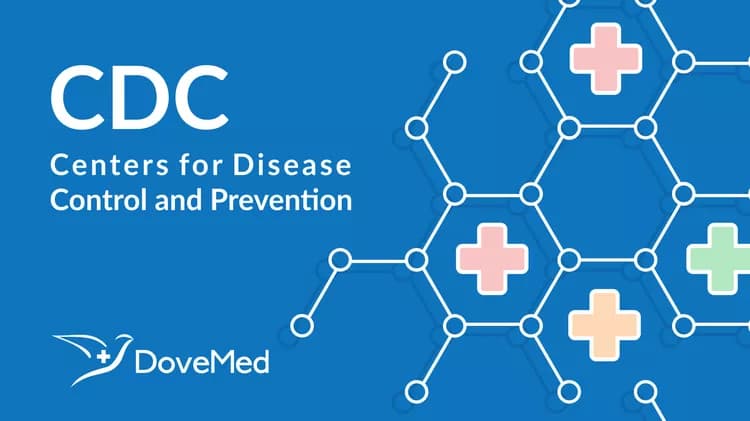
CDC Reports Latest Data on Suicide Behaviors, Risk Factors, and Prevention
CDC Reports Latest Data on Suicide Behaviors, Risk Factors, and Prevention
Analysis of data on suicide methods by the Centers for Disease Control and Prevention (CDC) found that among youth aged 10-14 years, suffocation (mostly hangings) has replaced firearms as the most common method of suicide. In 2001, suffocation suicides in this age group occurred nearly twice as often as firearms suicides, the most frequently used method before 1997. The findings were released today in the Morbidity and Mortality Weekly Report along with data on the relationship between suicide attempts and physical fighting in high school students, school-associated suicides, suicide trends in Hispanic populations, and suicide trends in China.
“Suicide remains the third leading cause of death among young people in this country,” said Dr. Ileana Arias, acting director of CDC’s Injury Center. “We must focus on the underlying reasons for suicide and a comprehensive strategy to prevent them.”
Other youth-related findings included these:
One in 20 high school students reported both suicide attempts and involvement in physical fights in the past year. Students who reported attempting suicide in the past 12 months were nearly four times as likely to report involvement in physical fights.
Of the lethal acts of school violence carried out by students between July 1, 1994, and June 30, 1999, more than 20 percent were suicides. One in four suicide victims injured or killed someone else before their suicide.
Suicide is a major public health problem for youth in the United States and abroad. Several of the studies identified a connection between interpersonal violence and suicide. CDC researchers believe a promising approach for future suicide prevention efforts is to determine if effective strategies for preventing youth violence, such as school-based curricula, are also effective for preventing youth suicide. In addition, the findings highlight the need for parents, teachers, and other youth influencers to be aware of potential signs of suicidal behavior, such as fighting and expressions of suicidal thoughts.
Other findings reported in the MMWR were these:
Hispanic males were almost six times as likely to die by suicide as Hispanic females, representing 85 percent of the 8,744 Hispanic suicides between 1997 and 2001. Hispanic youth are the fastest growing segment of the U.S. population and account for one fourth of all Hispanic suicide deaths.
Suicide is the fifth leading cause of death in China, where more than 287,000 people were victims of suicide annually between 1995 and 1999. In most countries suicides are most common among males, but in China, suicides and suicide attempts were most common among young Chinese women between the ages of 15 and 34.
CDC’s suicide prevention efforts include describing and tracking the problem of self-directed violence; using research to increase knowledge of the risk and protective factors related to suicidal behavior; evaluating and demonstrating ways to prevent suicidal behavior; effectively communicating scientific information about suicide prevention; and integrating proven suicide prevention efforts.
# # #
EDITORS NOTE: Recommendations at this link (http://www.afsp.org/education/newrecommendations.htm) may help media report on suicide. For more information on CDC’s work in suicide prevention, link to www.cdc.gov/ncipc/.
Related Articles
Test Your Knowledge
Asked by users
Related Centers
Related Specialties
Related Physicians
Related Procedures
Related Resources
Join DoveHubs
and connect with fellow professionals

0 Comments
Please log in to post a comment.